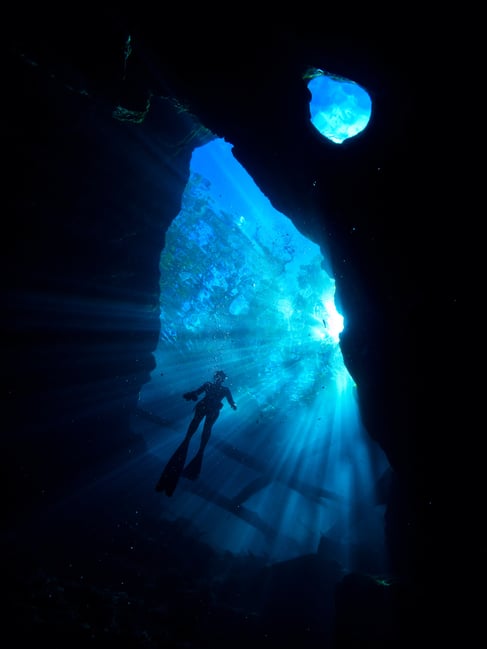Underwater Housings for a Camera, Explained


التصوير الفوتوغرافي تحت الماء مليء بالتحديات التقنية والنفقات الخفية وقصص الرعب المحتملة إذا حدث خطأ ما – ويبدأ كل شيء بغطاء الكاميرا الخاص بك. في هذا الدليل، سأشرح ما تحتاج إلى معرفته حول مبيت الكاميرا تحت الماء، بما في ذلك الملحقات المهمة التي ستحتاجها لوضع معدات التصوير الفوتوغرافي الخاصة بك تحت الماء بأمان.
الخطوة الأولى هي فهم مصطلحات المساكن تحت الماء. بخلاف ذلك، قد يكون من الصعب إجراء بحث أساسي حول هذا الموضوع. على سبيل المثال، ما هو صمام الفراغ أو منفذ القبة؟ كلاهما جزء مهم من غلاف الكاميرا، ولكن لن يبدو أي منهما مألوفًا لمعظم المصورين.
ولهذا السبب كتبت هذا الدليل. آمل أن أتمكن من المساعدة في جعل العملية أسهل بالنسبة لك مما كانت عليه بالنسبة لي. أدناه، سأغطي جميع مكونات الهيكل تحت الماء والملحقات الضرورية قبل أن تتمكن من أخذ الكاميرا ذات العدسة الأحادية العاكسة (DSLR) أو الكاميرا غير المزودة بمرآة أو الكاميرا المدمجة تحت الماء.
Underwater photography is filled with technical challenges, hidden expenses, and potential horror stories if something goes wrong – and it all starts with your camera housing. In this guide, I’ll explain what you need to know about underwater housings for your camera, including the crucial accessories you’ll need in order to safely bring your photography equipment underwater.
The first step is to understand the terminology of underwater housings. Otherwise, it can be tricky to do even basic research on the topic. For example, what’s a vacuum valve or a dome port? Both of them are crucial parts of a camera housing, but neither one will sound familiar to most photographers.
That’s why I wrote this guide. My hope is that I can help make the process easier for you than it was for me. Below, I’ll cover all the components of an underwater housing and what accessories are necessary before you can take your DSLR, mirrorless, or compact camera underwater.









